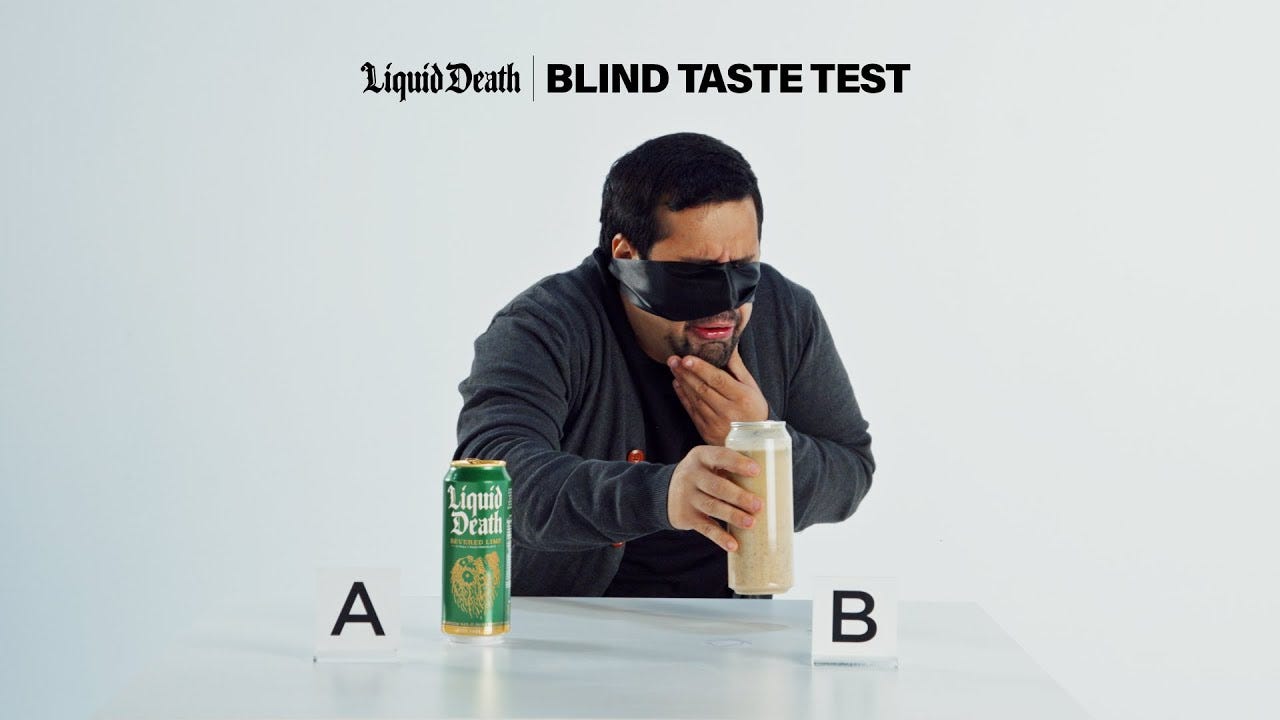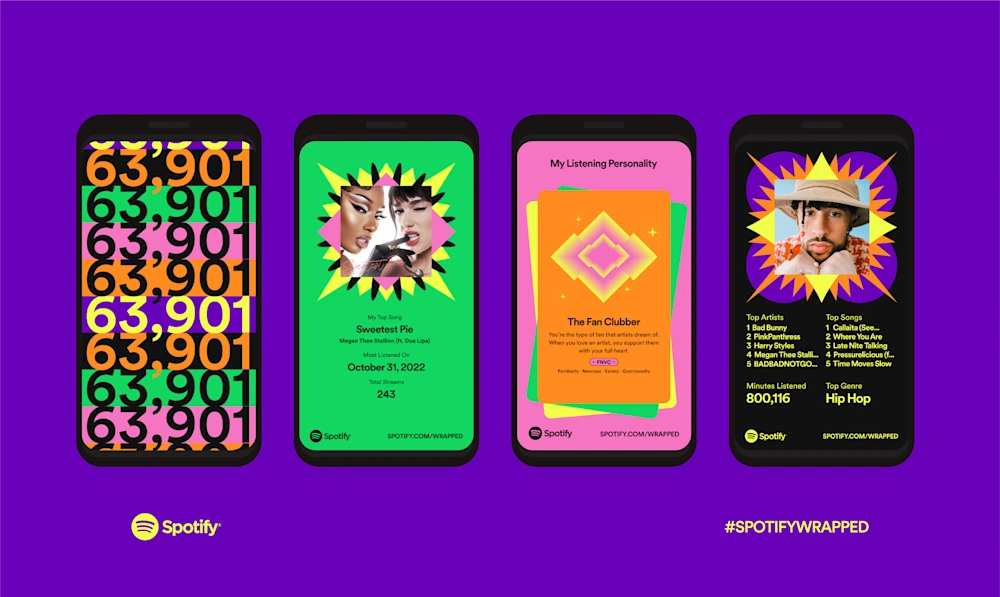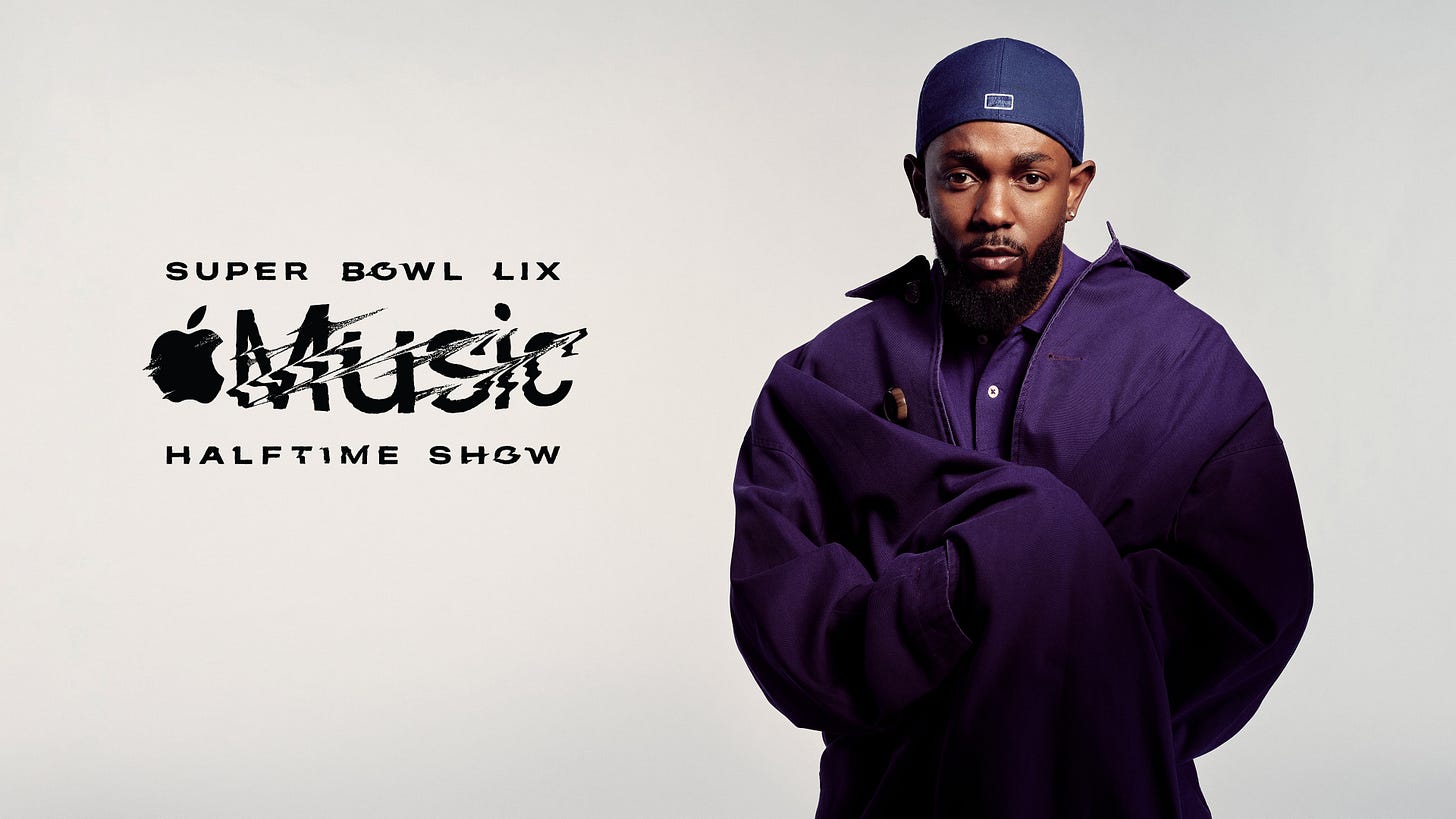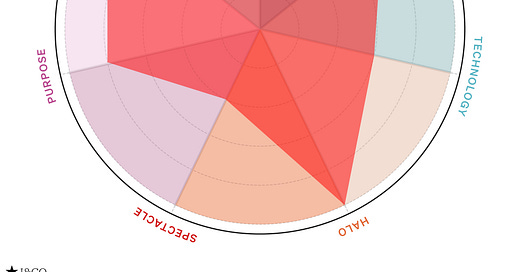Everyone has been searching for a new formula for marketing.
With the rise of social media and the creator economy, the one-size-fits-all approach of mass advertising became obsolete. Marketing rules, methods, and techniques evolve rapidly.
When you thought you caught up with the world, platform algorithms changed and what worked until yesterday stopped overnight. Shiny new technologies emerged, became the Next Big Thing, and distracted us. Some might stick, but most fade. Articles titled “_____ Is Dead” circulate on LinkedIn, and thought leaders decry “It’s the End of ______,” every few years. Guilty over here.
Instead of trying to come up with the formula or think of marketing in terms of channels, it is more useful to consider “modes,” or ways to frame your marketing approach to suit your brand, business, and organization.
To do so, we need to:
Treat creativity as an organizational culture, not an expectation on a single department
Evolve and rethink marketing
Recognize distinct modes of creativity in marketing
Decide on the right mix of modes for your organization
These steps can evolve marketing from telling better stories about your product or business to an essential engine for reshaping your organization and building a brand.
The Seven Modes of Modern Marketing are:
Product Mode → Innovation as marketing
Storytelling Mode → Narrative craft as brand expression
Technology Mode → Systems as engagement
Halo Mode → Desirability as a growth engine
Spectacle Mode → Attention as media
Purpose Mode → Social impact as strategy
Business Model Mode → Operations as creativity
Here is what they are, why they matter, and who does it well:
1. Product Mode
Innovation as marketing
In the Old World Order, if you were good at storytelling, you could build a brand even if your product was mediocre. You could also build awareness by buying attention via advertising.
In the New World Order, a mediocre product has little chance of surviving. A brand needs to start with the product. Awareness doesn’t guarantee success.
Many celebrities start brands because their millions of followers provide built-in awareness. However, most fail after a few years. The common thread? Poor product quality.
Fame may provide an initial distribution advantage, but it’s not a long-term business model.
What it enables: It embeds the brand in what it makes, not just what it communicates.
Brand examples: Apple, ASICS, Dyson, Stanley, Toyota, UNIQLO

2. Storytelling Mode
Narrative craft as brand expression
Storytelling is humanity's oldest technology for spreading ideas and building connections. As historian Yuval Noah Harari notes, our unique aptitude to tell stories and be moved by them emerged 70,000 years ago, changing how humans relate, cooperate, and create shared meaning.
As we see in politics, those who tell stories well and shape a strong narrative succeed in getting attention. This fundamental human technology offers a path to attention for brands.
Do note, though, that breaking through is a lot harder than ever in today's crowded and saturated information landscape.
What it enables: It builds emotional resonance and meaning through crafted expression.
Brand examples: Liquid Death, Nike, OpenAI, Squarespace

3. Technology Mode
Systems as engagement
Technology shapes how people perceive and experience the world, affecting their interactions with brands.
Strong 21st-century brands actively adopt new technologies to engage their audience.
What it enables: It creates scalable, interactive, and personalized brand experiences.
Brand examples: Sephora, Spotify, Starbucks

4. Halo Mode
Desirability as a growth engine
This mode leverages cultural cachet and social proof to create intrigue around a brand. These companies build their reputation through careful curation and elevated aesthetics.
The result is a self-reinforcing cycle where exclusivity, quality, and cultural relevance make the brand magnetic to its audience. The "halo effect" drives organic growth as customers become advocates and ambassadors.
What it enables: It generates cultural pull, status, and word-of-mouth momentum.
Brand examples: Aesop, Hermès, Human Made, Totême

5. Spectacle Mode
Attention as media
While most brands prefer organic growth, some are able to pull off Spectacle Mode to capture mass attention through orchestrated moments.
Spectacle is staged and manufactured. The aim is for immediate, widespread awareness: Super Bowl commercials, PR stunts, celebrity partnerships, and breakthrough campaign launches, as described by Ana Andjelic, a brand executive (and my podcast partner).
Spectacle Mode creates immediate impact through bold, creative executions. But it comes with hefty price tags.
What it enables: It commands mass visibility through orchestrated cultural moments.
Brand examples: Apple, Barbie, Coca-Cola, Dior, Nike

6. Purpose Mode
Social impact as strategy
In recent years, “purpose advertising” has gotten a bad rep.
When done right, purpose is a powerful draw for the audience and an important reason for employees. It can endure the test of time. It transcends advertising and marketing.
It requires taking a clear stance in the world, even if it alienates some customers or sparks controversy. It’s brand-building with a backbone. Marketing becomes a vehicle for meaningful impact rather than just profit.
What it enables: It aligns the brand with values that build trust and long-term relevance.
Brand examples: Dove, L’Oréal, Nike, Patagonia, Toyota
7. Business Model Mode
Operations as creativity
The most profound marketing innovation happens when companies rethink what and how they sell. Business Model Mode treats operational design as a creative act, turning a company’s business approach into a competitive advantage.
When done right, the business model itself becomes a powerful marketing tool, creating momentum for growth and customer loyalty.
What it enables: It reinvents value delivery, access, and monetization.
Brand examples: Amazon Prime, Glossier, Netflix, Warby Parker

Choosing Your Mode Mix
No single mode is right for every brand. The key is finding the right combination that aligns with your:
Brand purpose and values
Organizational capabilities
Customer needs and expectations
Market context and competition
Audit your current marketing activities against these modes. Where are you strongest? Where are the gaps? Experiment with new modes through small pilot projects before scaling successful approaches.
Modes should evolve as your brand grows and market conditions change. Resilient brands stay flexible while maintaining consistency in their core purpose and values.




